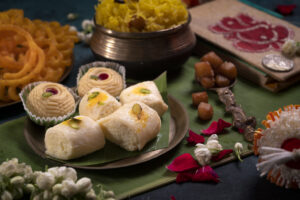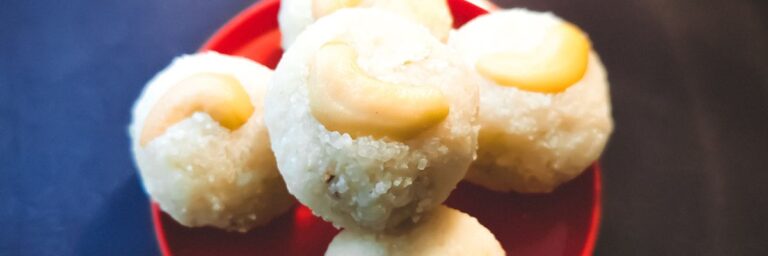Authentic Tamarind Rice (Puliyodarai) Recipe | South Indian Cuisine
Cuisine: South Indian
Tamarind Rice, also known as Puliyodarai, is a tangy yet savory dish that embodies the heart of South Indian cuisine. Coupled with fragrant spices and a mix of peanuts, this dish is not just a meal but a cultural experience, often enjoyed during festivals, family gatherings, and special occasions. The flavorful tamarind paste is the star of the show, giving a unique zest that’s beloved throughout regions in South India. Traditionally served as a prasad during temple festivals, Puliyodarai is the perfect balance of taste and nutrition.
Variations of Tamarind Rice
While the classic Tamarind Rice is a delight on its own, various regional variations add to its rich history. From the spicier versions found in Tamil Nadu to mild, sweet adaptations in Karnataka, each version has its own charm. Some people even create fusion styles, incorporating different vegetables or proteins, but nothing beats the traditional recipe that we are about to explore.
Essential Ingredients for Tamarind Rice
| Rice | 1 cup |
| Tamarind paste | 2 tbsp |
| Groundnuts (Peanuts) | 1/4 cup |
| Mustard seeds | 1 tsp |
| Curry leaves | 10-12 leaves |
| Dried red chilies | 2-3 |
| Turmeric powder | 1/2 tsp |
| Salt | to taste |
| Oil | 2 tbsp |
Preparation Method to Make Tamarind Rice
Making Tamarind Rice is a delightful journey into South Indian cuisine, combining vibrant flavors with simple cooking techniques.
- Start by cooking the rice. Rinse and soak it for about 20 minutes, then cook with double the water until fluffy.
- In a pan, heat oil over medium flame. Add mustard seeds and let them crackle.
- Add the groundnuts and sauté until they turn golden brown.
- Incorporate curry leaves, dried red chilies, and turmeric powder. Sauté for another minute.
- Add the tamarind paste along with salt, mixing well.
- Finally, mix in the cooked rice, ensuring it is evenly coated with the tamarind mixture. Serve hot.
Nutritional Content of Tamarind Rice
| Calories | 300 (approx.) |
| Protein | 7g |
| Fat | 10g |
| Carbohydrates | 44g |
| Fiber | 3g |
Serving Suggestions for Tamarind Rice
Tamarind Rice is versatile and is excellent for Kids and Office Tiffin. It can be easily packed and tastes great even at room temperature, making it a favorite for school lunches and work meals. The tangy flavor is appealing to many, ensuring that it’s a hit with all age groups. Serve it alongside papad or simply enjoy it as is for a wholesome meal.
Cultural Background of Tamarind Rice
Tamarind Rice carries with it a rich cultural heritage, often prepared during important festivals in South India, symbolizing prosperity and the joy of community. It’s a dish that many families serve during festivals like Onam and Pongal, connecting people with traditions passed down through generations. The flavor and aroma of the spices evoke memories of family gatherings, where stories are shared over sumptuous meals.
Business Prospects of Tamarind Rice
Considering the popularity of this dish, launching a culinary brand around Tamarind Rice could be a rich opportunity. The rising trend for ethnic and traditional foods in urban settings presents the scope to introduce packaged or ready-to-eat versions. However, potential challenges include ensuring authenticity while catering to a wide audience who may be unfamiliar with its flavors.
Competing Brands
Though there are a couple of established brands offering South Indian ready meals, creating a brand focused exclusively on Tamarind Rice could carve out a niche market. Leveraging social media for awareness and outreach about the health benefits and versatility of this dish could be beneficial.






